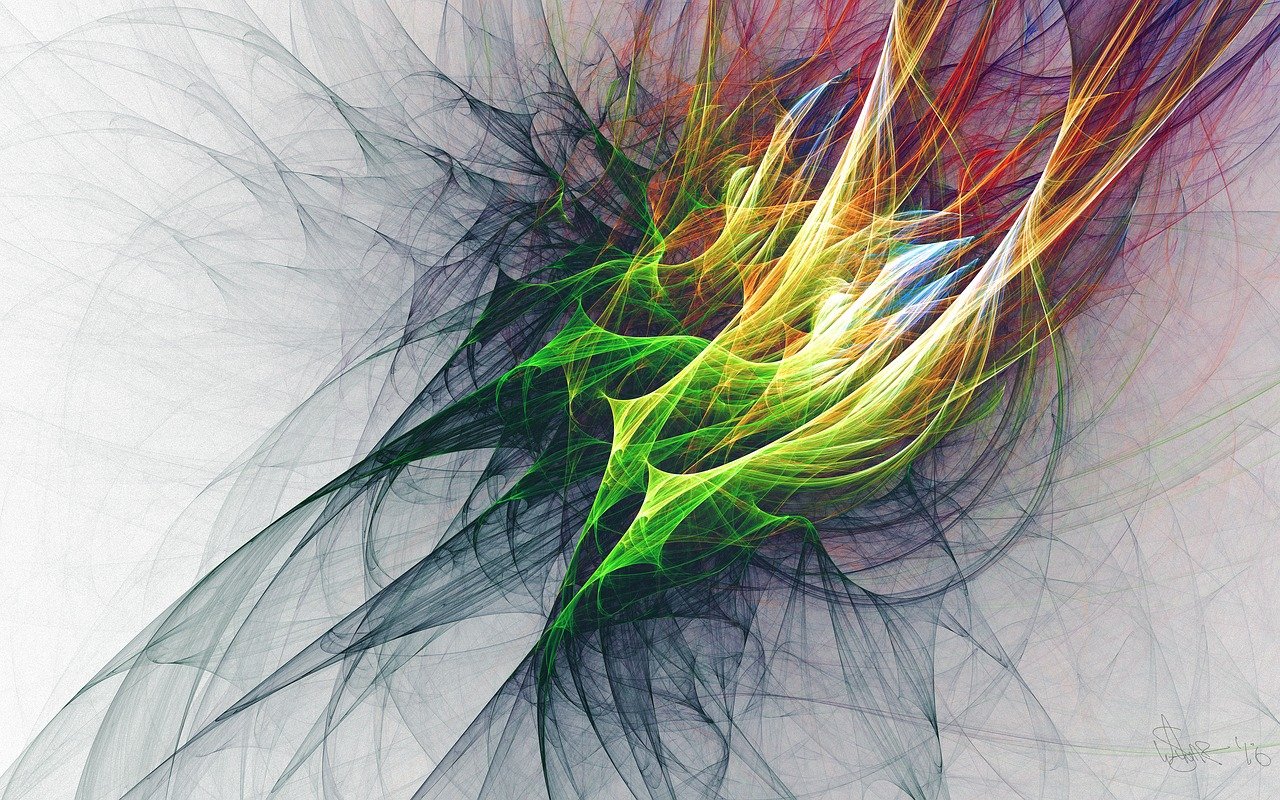Cordoba Mezquita Cathedral: Islamic Heritage and Spanish Reconquista

Before diving in, please note: This post is for informational purposes only. If you’d like to know more about how we approach topics, feel free to check out our friendly Disclaimer Page.
Hey there, amazing readers! 🖐️ Just a quick note: yes, we know there are a lot of ads here. Trust us, we get it—it’s not the prettiest look, but they help us keep this blog alive and kicking. Those pesky little ads cover the costs of all the behind-the-scenes magic, from hosting and tech stuff to creating content we hope you’ll love.
We’re committed to delivering quality posts, and your support (even just sticking around despite the ads) means everything to us. So, bear with us, and thanks for helping us keep the good vibes rolling. Now, on to the fun stuff! 😉
TRANSLATE BUTTON AT THE END OF THE ARTICLE
A Quick Overview
Cordoba Mezquita Cathedral stands as a testament to the rich history of Spain, blending Islamic and Christian influences in its architecture and design.
This iconic landmark symbolizes the complex interplay between different cultures and religions during the Spanish Reconquista.
From its origins as a Great Mosque to its transformation into a Christian Cathedral, the Mezquita embodies the cultural diversity and religious tolerance that define Spain’s heritage.
This article delves into the history of the Cordoba Mezquita Cathedral, exploring its Islamic roots, architectural significance, and the impact it has had on Spanish culture over the centuries.
The History of Cordoba Mezquita Cathedral
The history of the Cordoba Mezquita Cathedral is a tale of two civilizations – Islamic and Christian – intertwined through conquest and cultural exchange.
In the 8th century, Cordoba was a flourishing city under Islamic rule, known for its advances in science, art, and architecture.
The Great Mosque of Cordoba, built in 785, was a masterpiece of Islamic architecture, showcasing intricate geometric patterns, horseshoe arches, and a forest of columns.
However, in 1236, Cordoba fell to the Christian forces of King Ferdinand III of Castile during the Reconquista, leading to the conversion of the mosque into a cathedral.
Islamic Influence in Spain
Islamic influence in Spain dates back to the early 8th century when the Umayyad Caliphate of Damascus expanded into the Iberian Peninsula.
The Moors, as the Muslim conquerors were known, brought with them a rich cultural heritage that transformed the region.
Islamic Spain, known as Al-Andalus, became a center of learning, trade, and artistic innovation, blending Arabic, Berber, and European influences.
The Great Mosque of Cordoba exemplified this cultural fusion, with its stunning architecture and decorative elements reflecting the golden age of Islamic civilization in Spain.
Construction of the Great Mosque
The construction of the Great Mosque of Cordoba began in 785 under the reign of Abd al-Rahman I, the Umayyad emir of Cordoba.
Built on the site of a Visigothic church, the mosque was expanded over the centuries by successive rulers, resulting in a vast prayer hall with over 800 columns of jasper, onyx, marble, and granite.
The mihrab, or prayer niche, was adorned with intricate mosaics and calligraphy, showcasing the skilled craftsmanship of Andalusian artisans.
The mosque’s unique design and layout reflected the Islamic architectural principles of harmony, symmetry, and unity.
Architecture and Design of the Mezquita
The architecture and design of the Mezquita combine elements of Islamic, Byzantine, and Visigothic styles, creating a visually stunning and harmonious space.
The vast prayer hall, supported by rows of horseshoe arches and columns, conveys a sense of grandeur and serenity.
The intricate stucco work, geometric patterns, and arabesque motifs adorning the walls and ceilings reflect the Islamic artistic tradition of decorative ornamentation.
The interplay of light and shadow through the double-tiered arches creates a mesmerizing effect, enhancing the spiritual ambiance of the space.
Transformation into a Christian Cathedral
After the Christian conquest of Cordoba in 1236, the Great Mosque was converted into a cathedral, marking a significant shift in the religious identity of the city.
The construction of a Gothic cathedral within the mosque’s prayer hall, initiated by King Alfonso X of Castile, represented the triumph of Christianity over Islam in Spain.
Subsequent renovations and additions, including the construction of a Renaissance-style nave and baroque choir stalls, further transformed the Mezquita into a hybrid structure that embodied both Islamic and Christian architectural elements.
Spanish Reconquista and Religious Conflict
The Spanish Reconquista was a centuries-long campaign by Christian kingdoms to recapture the Iberian Peninsula from Muslim rule.
The conquest of Cordoba in 1236 was a pivotal moment in this struggle, leading to the expulsion of the Moors from the city and the establishment of Christian hegemony.
The conversion of the Great Mosque into a cathedral symbolized the religious conflict that defined the Reconquista, as Islamic monuments were repurposed or destroyed to assert Christian dominance.
This period of religious tension and cultural upheaval left a lasting impact on Spain’s social and political landscape.
Preservation of Islamic Heritage
Despite the transformation of the Great Mosque into a cathedral, elements of its Islamic heritage have been preserved and celebrated over the centuries.
The horseshoe arches, red and white striped voussoirs, and intricate mosaics of the mihrab continue to showcase the mosque’s original beauty and architectural significance.
The preservation of these Islamic features within a Christian setting highlights Spain’s multicultural past and the importance of acknowledging and honoring diverse cultural traditions.
The Mezquita stands as a living testament to the shared history of Islamic and Christian civilizations in Spain.
Discover "The Traveler’s Guide: Your Ultimate Companion for Every Adventure ✈️"
Controversies Surrounding the Mezquita
The Cordoba Mezquita Cathedral has been the subject of controversy and debate due to its complex history and religious significance.
In recent years, there have been disputes over the ownership and management of the site, with tensions rising between the Catholic Church and Muslim organizations.
Some critics argue that the cathedral’s Christian symbolism overshadows its Islamic heritage, while others advocate for greater recognition of the mosque’s historical importance.
These controversies highlight the challenges of preserving and interpreting cultural heritage in a diverse and multicultural society.
Cultural significance of the Cathedral
The Cordoba Mezquita Cathedral holds immense cultural significance as a symbol of Spain’s diverse heritage and religious tolerance.
The fusion of Islamic and Christian architectural styles within the same structure reflects the country’s history of coexistence and mutual influence between different cultures.
The Mezquita serves as a reminder of the rich artistic and intellectual legacy of Al-Andalus, where Muslims, Christians, and Jews lived and worked together in harmony.
Its status as a UNESCO World Heritage Site underscores its importance as a cultural treasure that transcends religious and political divides.
Tourist Attractions in Cordoba
Cordoba is a popular tourist destination renowned for its historical landmarks, vibrant culture, and picturesque streets.
In addition to the Cordoba Mezquita Cathedral, visitors can explore the Alcazar de los Reyes Cristianos, a medieval fortress with beautiful gardens and stunning views of the city.
The Jewish Quarter, or Juderia, offers a maze of narrow streets lined with whitewashed houses, artisan shops, and cozy cafes.
The Roman Bridge spanning the Guadalquivir River provides a scenic backdrop for leisurely strolls and panoramic photos.
Cordoba’s rich history and architectural beauty make it a must-visit destination for travelers seeking to experience the best of Andalusian culture.
Impact of the Mezquita on Spanish Culture
The Cordoba Mezquita Cathedral has had a profound impact on Spanish culture, influencing art, architecture, and literature throughout the centuries.
Its unique blend of Islamic and Christian elements has inspired generations of artists, scholars, and historians to explore the complexities of Spain’s multicultural past.
The Mezquita’s architectural beauty and historical significance continue to captivate visitors from around the world, drawing attention to the country’s rich heritage and diverse cultural traditions.
As a symbol of religious tolerance and coexistence, the Mezquita stands as a beacon of hope for a more inclusive and harmonious society.
Importance of Religious Tolerance in History
The history of the Cordoba Mezquita Cathedral underscores the importance of religious tolerance and cultural diversity in shaping societies.
Spain’s experience of coexistence between Muslims, Christians, and Jews during the medieval period offers valuable lessons in peaceful interfaith relations.
By recognizing and honoring the contributions of different religious communities to its heritage, Spain has embraced its multicultural past and forged a more inclusive national identity.
The Mezquita Cathedral serves as a reminder of the power of dialogue, understanding, and respect in building bridges between cultures and fostering harmony among diverse peoples.
In a world marked by religious conflict and intolerance, the legacy of the Mezquita offers a message of hope and reconciliation for future generations.
Conclusion
The Cordoba Mezquita Cathedral stands as a living testament to Spain’s rich cultural heritage, blending Islamic and Christian influences in a harmonious architectural masterpiece.
From its origins as a Great Mosque to its transformation into a Christian Cathedral, the Mezquita embodies the complexities of Spain’s multicultural past and the enduring legacy of the Spanish Reconquista.
As a symbol of religious tolerance and coexistence, the Mezquita Cathedral continues to inspire visitors with its beauty, history, and message of unity.
In a world grappling with religious divisions and cultural conflicts, the Mezquita’s story offers a beacon of hope for a more inclusive and harmonious future.

The Enlightenment Journey is a remarkable collection of writings authored by a distinguished group of experts in the fields of spirituality, new age, and esoteric knowledge.
This anthology features a diverse assembly of well-experienced authors who bring their profound insights and credible perspectives to the forefront.
Each contributor possesses a wealth of knowledge and wisdom, making them authorities in their respective domains.
Together, they offer readers a transformative journey into the realms of spiritual growth, self-discovery, and esoteric enlightenment.
The Enlightenment Journey is a testament to the collective expertise of these luminaries, providing readers with a rich tapestry of ideas and information to illuminate their spiritual path.
Our Diverse Expertise 🌟
While our primary focus is on spirituality and esotericism, we are equally passionate about exploring a wide range of other topics and niches 🌍📚. Our experienced team is dedicated to delivering high-quality, informative content across various subjects ✨.
To ensure we provide the most accurate and valuable insights, we collaborate with trusted experts in their respective domains 🧑🏫👩🏫. This allows us to offer well-rounded perspectives and knowledge to our readers.
Our blog originally focused on spirituality and metaphysics, but we’ve since expanded to cover a wide range of niches. Don’t worry—we continue to publish a lot of articles on spirituality! Frequently visit our blog to explore our diverse content and stay tuned for more insightful reads.






